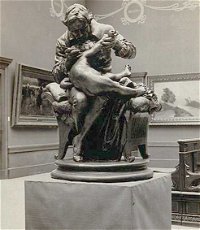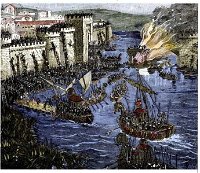
Who Wants to Live Forever? Trivia Quiz
(Because you could witness key historical events)
A benefit of immortality means you could have witnessed major historical events. If a person was alive to see the birth of the third millennium on 1 January 2001, what was the MINIMUM age that person would have been to witness the depicted events below?
by 1nn1.
Estimated time: 3 mins.









